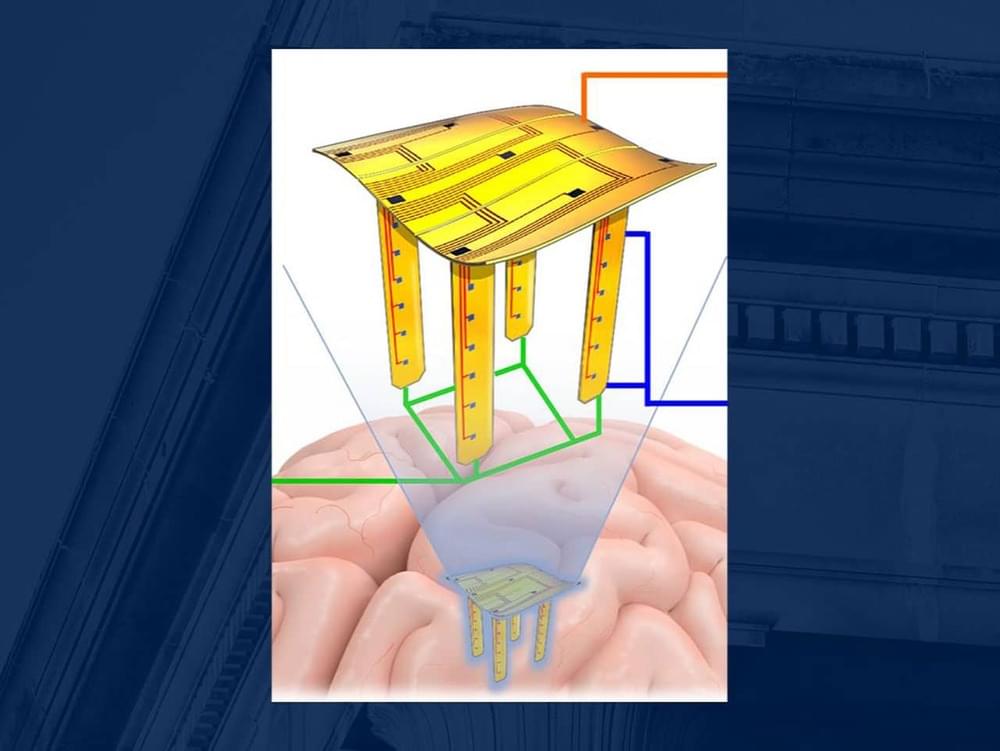Multi-decade study describes how Earth’s core dynamics are slowing leading to speculation about what the length of a day will be in the distant future.
Seismic readings show a slowing since 2009. Should sci-fi fans be concerned?


Out solar system will soon be getting a new explorer, as a mission to study the moons of Jupiter readies for launch.
The European Space Agency’s Jupiter Icy Moons Explorer mission, or JUICE, is scheduled for launch in just a few months’ time, so the spacecraft is now being packed up at its testing location in Toulouse, France, for transport to its launch location in French Guiana.
The spacecraft recently went through its final round of testing, including a thermal vacuum test to ensure it can handle the cold temperatures of space, and the system validation test in which the immediate steps after launch are simulated, like the deploying of booms and arrays that will happen in space.

Maintaining eye contact is crucial to establishing engagement and trust in a conversation. This can be challenging in a video conference because it requires participants to look at the camera instead of the screen. The NVIDIA Maxine Eye Contact feature creates an in-person experience for virtual meetings. Powered by AI, Maxine Eye Contact directs your eyes to a centered position to maintain eye contact with your audience. Eye Contact is available to developers through the Maxine Augmented Reality SDK at https://developer.nvidia.com/maxine#ar-sdk.
Learn more about Maxine at https://developer.nvidia.com/maxine and all of NVIDIA’s AI solutions at https://www.nvidia.com/en-us/deep-learning-ai/products/solutions/
#AI #NVIDIA #Maxine
In this video ill show you how you can use some promptengineering to get some amazing mid-journey prompts from chat gpt that can produce stunning images and art.
#chatgpt #gptchat #openai #midjourney #artificialintelligence #ai #machinelearning #deeplearning #chatbot #coding #python
Also some stories from my childhood. Art as a live service. I’m wrong a lot so maybe I’m wrong about this stuff.
Music: “Un coin tranquille — Instrumental Version” by Nono feat. Anat Moshkovski.
I got it on Artlist (like most of the music on the channel) which is a royalty free library that I understand pays their artists pretty well.

Large Language Models (LLM) are on fire, capturing public attention by their ability to provide seemingly impressive completions to user prompts (NYT coverage). They are a delicate combination of a radically simplistic algorithm with massive amounts of data and computing power. They are trained by playing a guess-the-next-word game with itself over and over again. Each time, the model looks at a partial sentence and guesses the following word. If it makes it correctly, it will update its parameters to reinforce its confidence; otherwise, it will learn from the error and give a better guess next time.
While the underpinning training algorithm remains roughly the same, the recent increase in model and data size has brought about qualitatively new behaviors such as writing basic code or solving logic puzzles.
How do these models achieve this kind of performance? Do they merely memorize training data and reread it out loud, or are they picking up the rules of English grammar and the syntax of C language? Are they building something like an internal world model—an understandable model of the process producing the sequences?

Part 1: the future of medicine: nanobots part 2: a new era in mental health: nanobots part 3: the healing power of nanobots part 4: the genetic and data-connected revolution: nanobots part 5: the end of plastic surgery: nanobots part 6: the fertility revolution: nanobots part 7: the job-specific human: nanobots part 8: the end of education as we know it: nanobots part 9: the rise of programmable matter: nanobots part 10: the next generation of humans: nanobots.
Nanotechnology is a rapidly evolving field with the potential to revolutionize medicine in the future. One of the most promising applications of nanotechnology is the use of nanobots in medicine. Nanobots are microscopic robots that can be programmed to perform specialized activities such as disease diagnosis and treatment. They can be used to diagnose and treat a wide range of conditions, including mental illnesses such as depression and anxiety, as well as physical injuries and illnesses.
One of the most interesting potential applications of nanobots in medicine is the treatment of mental illnesses. Mental illnesses are among the most common and devastating diseases of our time. They can be programmed to constantly map the brain and correct faults as they develop. Alzheimer’s disease may theoretically be treated if a person was implanted with nanobots at birth.

Octopuses have fascinated scientists and the public with their remarkable intelligence, from using tools to engaging in creative play, problem-solving, and even escaping from aquariums. Now, their cognitive abilities may provide significant insight into understanding the evolution of complex life and cognition, including the human brain.
An international team of researchers from Dartmouth College and the Max Delbrück Center (MDC) in Germany has published a study in the journal Science Advances.
<em>Science Advances</em> is a peer-reviewed, open-access scientific journal that is published by the American Association for the Advancement of Science (AAAS). It was launched in 2015 and covers a wide range of topics in the natural sciences, including biology, chemistry, earth and environmental sciences, materials science, and physics.

AMISHI JHA: Where is your attention right now? The human brain’s attention system is actually the success story of what makes us unique as human beings. Because attention fuels our ability to think, to feel, and connect, what we pay attention to is our life. For a long time, through our evolutionary history, the brain started to suffer from a very big problem which is that there’s far more information out in the environment than could be fully processed.
Attention ended up becoming a very useful solution because it allows us to prioritize information, but there are qualities of the human experience that disable attention. Given how powerful attention is, we need to really respect where we place this precious brain resource. The mind is no different than the body. The mind needs to be exercised daily to optimize our psychological well-being. Knowing this, I became very interested in understanding if we might be able to train attention.